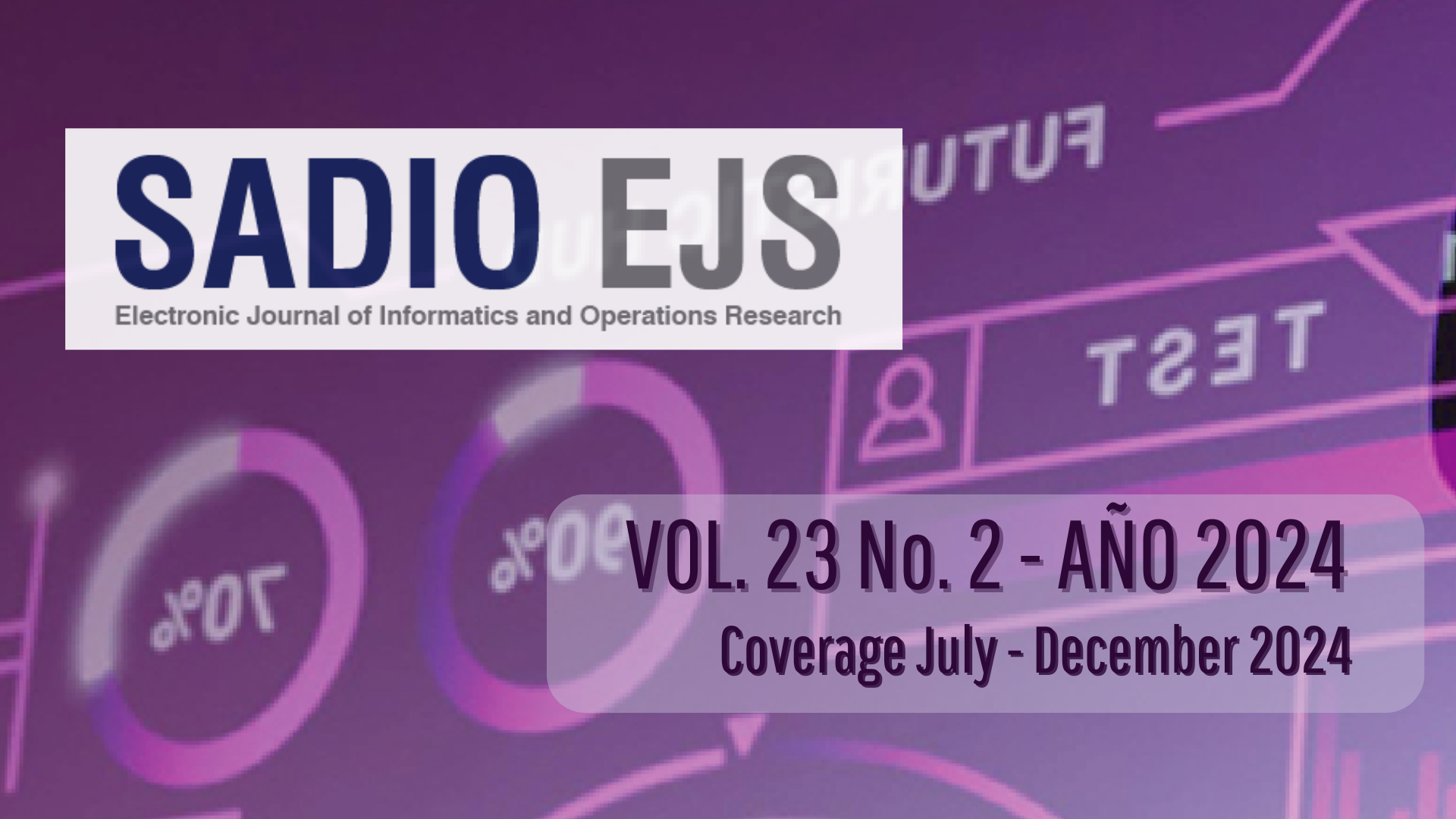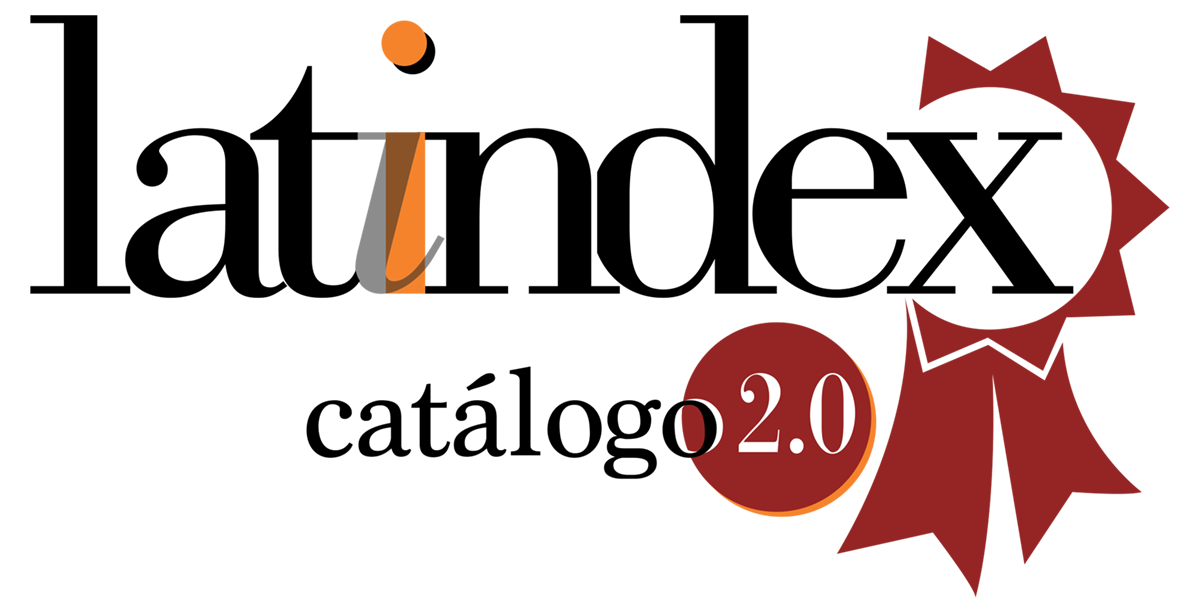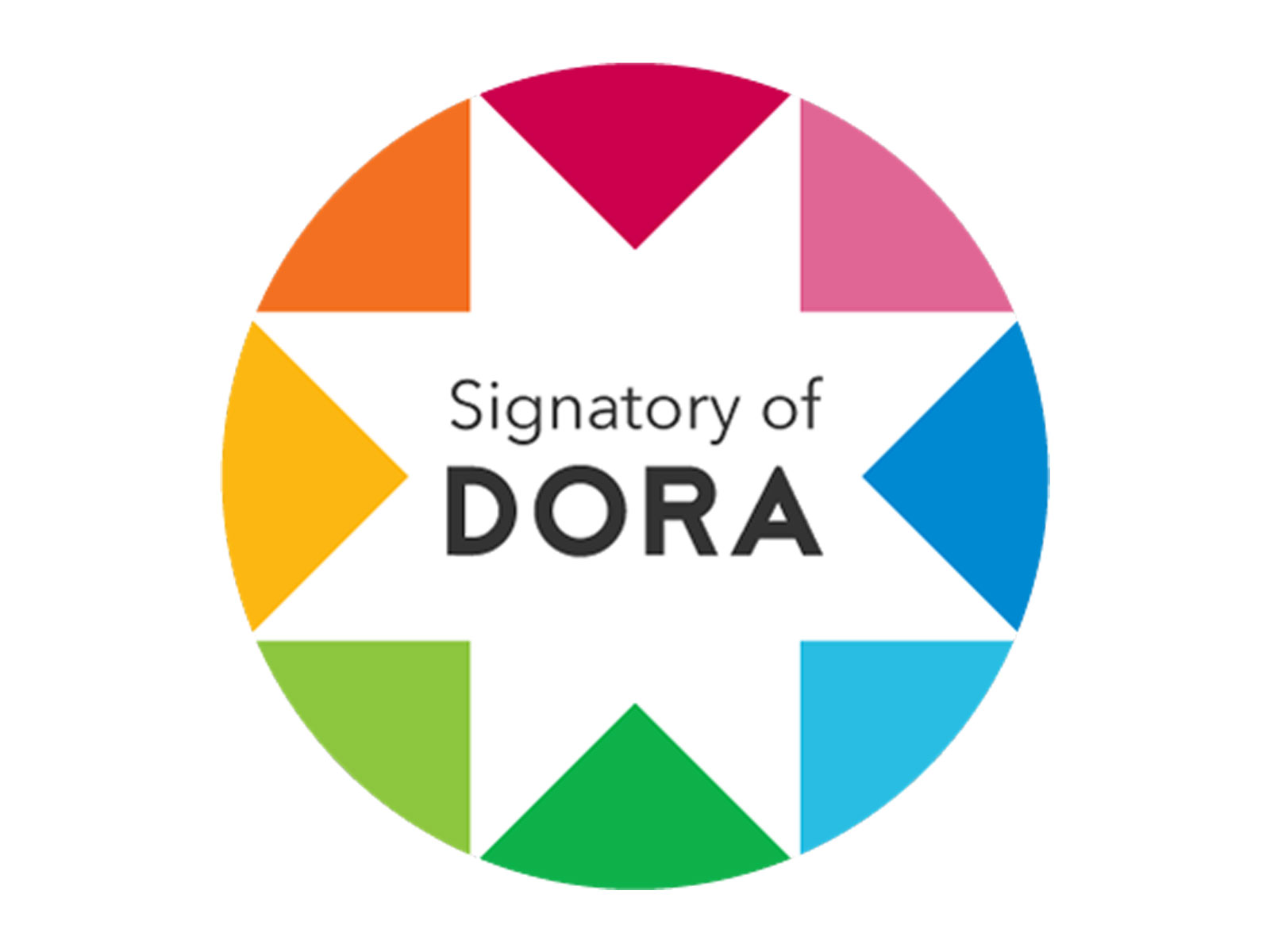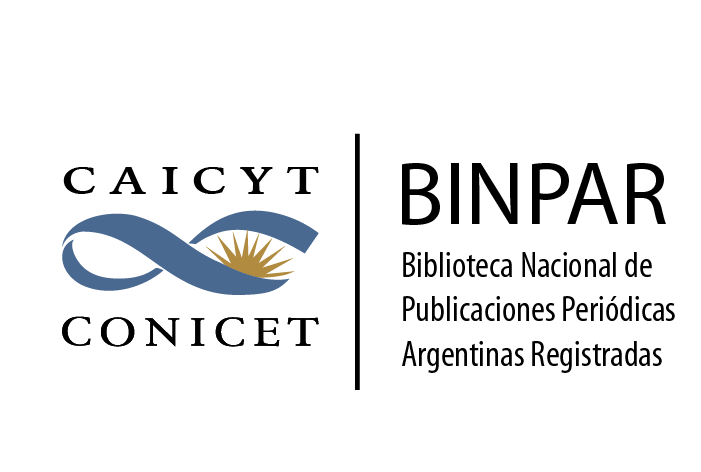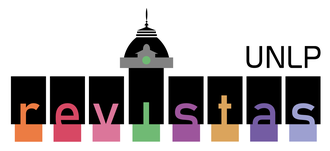Offensive Cyber Defense and Artificial Intelligence
DOI:
https://doi.org/10.24215/15146774e061Keywords:
offensive cyber defense, cyber weapons, artificial intelligenceAbstract
Cyber Defense is a new Capability area within the Armed Forces. Unlike the traditional domains where armed conflicts take place – land, sea and air – Cyberspace has, in addition to its territorial anchorage, an important configuration component that gives it the characteristics of virtuality. However, it is not exempt from effects produced in the physical world when an operation initiated in the virtual domain. In the current state of the art, the protection of Cyberspace is mostly defensive, so in principle it would not require offensive elements to achieve the objective, however the conceptual and technological development is migrating towards proactive and non-reactive systems, driven by technologies. Disruptive technologies such as Artificial Intelligence (AI). In this sense, the dual use – civil and military – of technologies for cyber protection would entail the risk of the spread of automated attacks using weapons equipped with AI and their possible indirect effects on the physical world, so it is necessary to explore the normative aspect of its development and use in war scenarios. This article aims to raise questions and concerns regarding the challenge of the emergence of this new technology and its dual use, civil and military.
Downloads
Downloads
Published
Issue
Section
License
Copyright (c) 2024 Oscar Niss

This work is licensed under a Creative Commons Attribution-NonCommercial-ShareAlike 4.0 International License.
Those authors who have publications with this journal, agree with the following terms:
a. Authors will retain its copyright and will ensure the rights of first publication of its work to the journal, which will be at the same time subject to the Creative Commons Atribución-NoComercial-CompartirIgual 4.0 Internacional (CC BY-NC-SA 4.0) allowing third parties to share the work as long as the author and the first publication on this journal is indicated.
b. Authors may elect other non-exclusive license agreements of the distribution of the published work (for example: locate it on an institutional telematics file or publish it on an monographic volume) as long as the first publication on this journal is indicated,
c. Authors are allowed and suggested to disseminate its work through the internet (for example: in institutional telematics files or in their website) before and during the submission process, which could produce interesting exchanges and increase the references of the published work. (see The effect of open Access)

